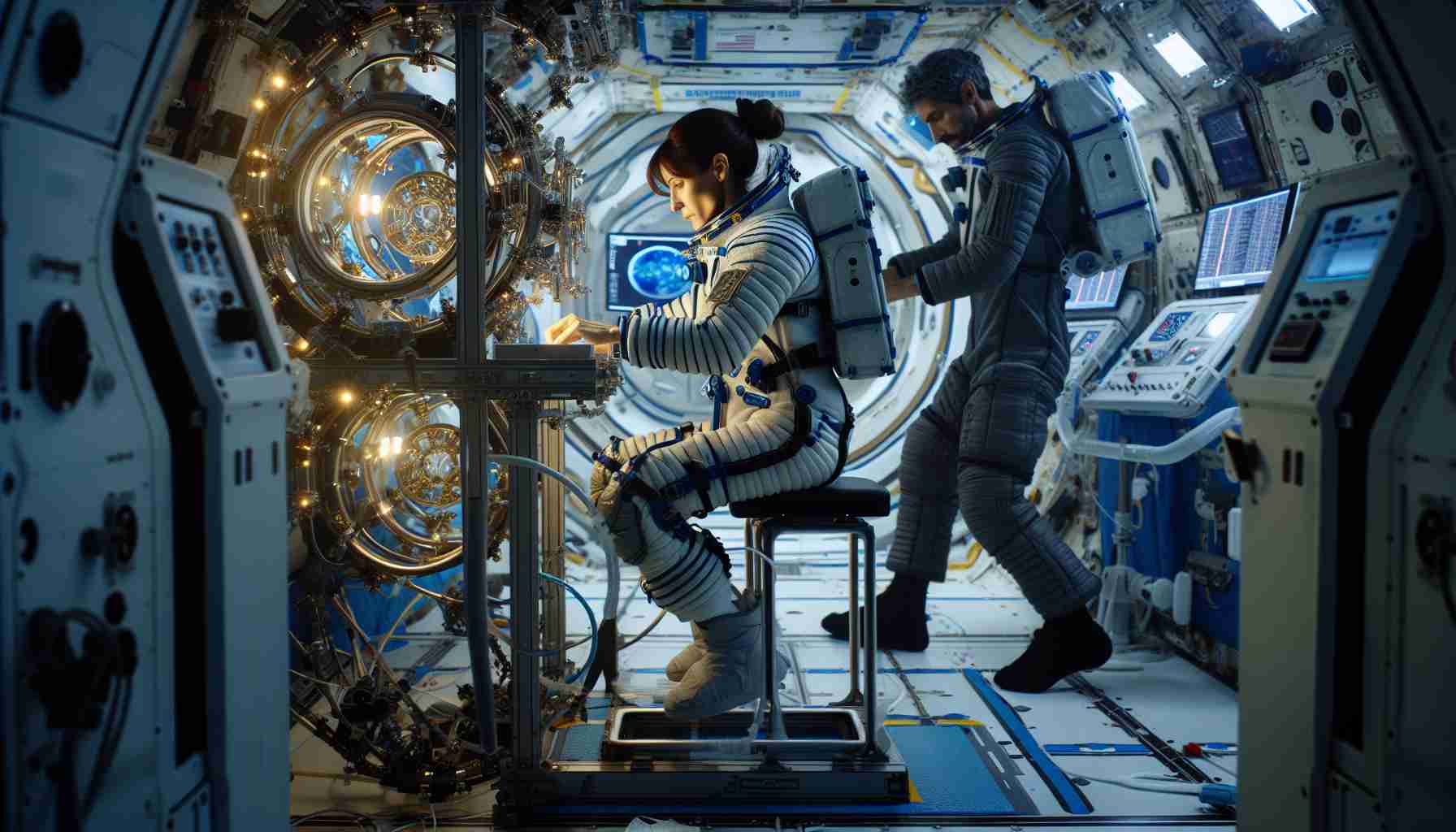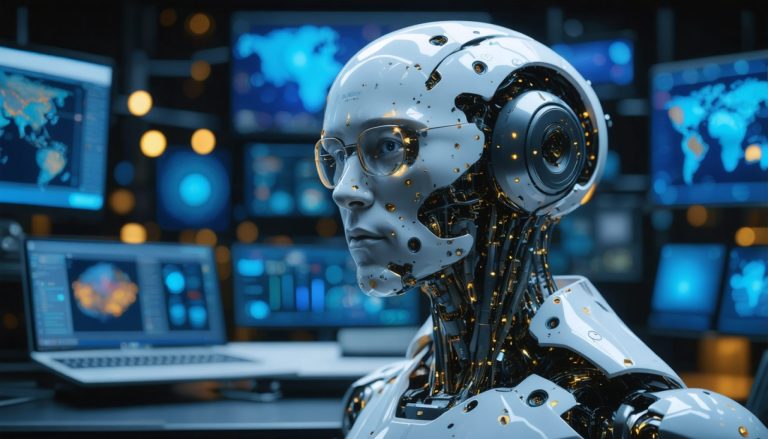
NASA astronauts Butch Wilmore and Sunita Williams recently expressed their feelings about the unexpected extension of their stay at the International Space Station (ISS). The duo, who had been eagerly awaiting their return, faced a bittersweet moment when their Boeing Starliner capsule left for Earth without them, due to safety concerns.
Wilmore reflected on the emotional experience, acknowledging the difficulties they encountered during their unanticipated additional months in orbit. He emphasized the unique challenges that come with being a spacecraft pilot, particularly the disappointment of not being able to return home as planned. Williams also shared her thoughts, indicating that embracing the situation and remaining focused on future opportunities is essential in their field.
Both astronauts have seamlessly integrated into the ISS crew, taking on maintenance tasks and scientific experiments. Williams is set to assume command of the station shortly, showcasing her leadership capabilities. The introduction of two new crew members aboard a Soyuz spacecraft earlier this week temporarily increased the station’s population, creating a vibrant and dynamic environment.
Reflecting on their experience, Williams mentioned that settling into life aboard the ISS was relatively smooth for them, given their previous missions. Both astronauts expressed gratitude for the support from the public, finding comfort in the shared enthusiasm and well-wishes from those back on Earth. The Boeing Starliner represents a significant milestone for NASA, marking its first crewed mission despite initial technical challenges.
Challenges in Space: Astronauts Adapt to Extended Stay
As space missions evolve and extend, astronauts face a myriad of challenges that test their physical and psychological limits. The recent experiences of astronauts like Butch Wilmore and Sunita Williams aboard the International Space Station (ISS) shed light on these challenges, particularly when unplanned extensions occur.
One significant challenge is the impact of microgravity on human health. Prolonged exposure to microgravity can lead to muscle atrophy and bone density loss, requiring astronauts to follow rigorous exercise regimens to mitigate these effects. In fact, studies indicate that astronauts may lose up to 1-2% of their bone density per month if they do not exercise regularly. Furthermore, cardiovascular deconditioning is a concern, as the heart and other muscles may weaken without the usual gravitational strain.
Mental health is another critical aspect of long-duration space missions. Astronauts often experience feelings of isolation and anxiety, exacerbated by the confined living space and the lack of natural environmental cues, such as sunlight and changing weather. Continuous communication with psychologists and the use of virtual reality technologies for leisure and stress relief have been implemented to help astronauts cope with these challenges.
Communication is also a key challenge. With the vast distances between Earth and space, real-time communication can be difficult. Delays in communication can take anywhere from a few seconds to over 20 minutes, leading to potential feelings of separation and contributing to the emotional strain of extended missions. Strategies such as pre-scheduled messages and increased video interactions may help bridge this gap.
Another controversy surrounding extended stays in space is the ethical implications of long-duration missions. As crew members are away from their families and friends for extended periods, it raises questions about their mental well-being and the potential impact on their relationships. Should mission durations be limited to accommodate personal needs, or should scientific exploration take precedence?
Advantages and Disadvantages of Extended Space Missions
The advantages of extended stays in space include significant scientific opportunities. Longer missions allow astronauts to conduct more extensive research, observe long-term effects of microgravity, and collect data that short-term missions cannot provide. This research can lead to breakthroughs in medicine, technology, and our understanding of life in space.
On the downside, extended missions can compromise crew health and morale. The physical and psychological challenges, along with the potential for interpersonal conflicts in confined spaces, can affect overall mission success. This necessitates careful planning and support systems to ensure astronauts remain healthy and motivated throughout their stay.
Key Questions and Answers
1. What are the health risks associated with prolonged space travel?
– Risks include muscle atrophy, bone density loss, cardiovascular issues, and psychological distress.
2. How do astronauts maintain their physical health in space?
– Astronauts engage in daily exercise routines using specialized equipment designed for microgravity conditions.
3. What measures are taken to support astronauts’ mental health?
– Continuous psychological support, recreational virtual reality, and regular communication with loved ones help mitigate stress and anxiety.
4. What ethical considerations arise with extended stays in space?
– The balance between scientific exploration and the personal needs of astronauts must be managed to ensure their mental well-being.
In summary, as space missions extend in duration, the challenges faced by astronauts become increasingly complex. Addressing these challenges is crucial for the success of future long-term explorations beyond low Earth orbit, including missions to Mars and beyond. For more information on space exploration and the evolving role of astronauts, visit NASA’s website.



